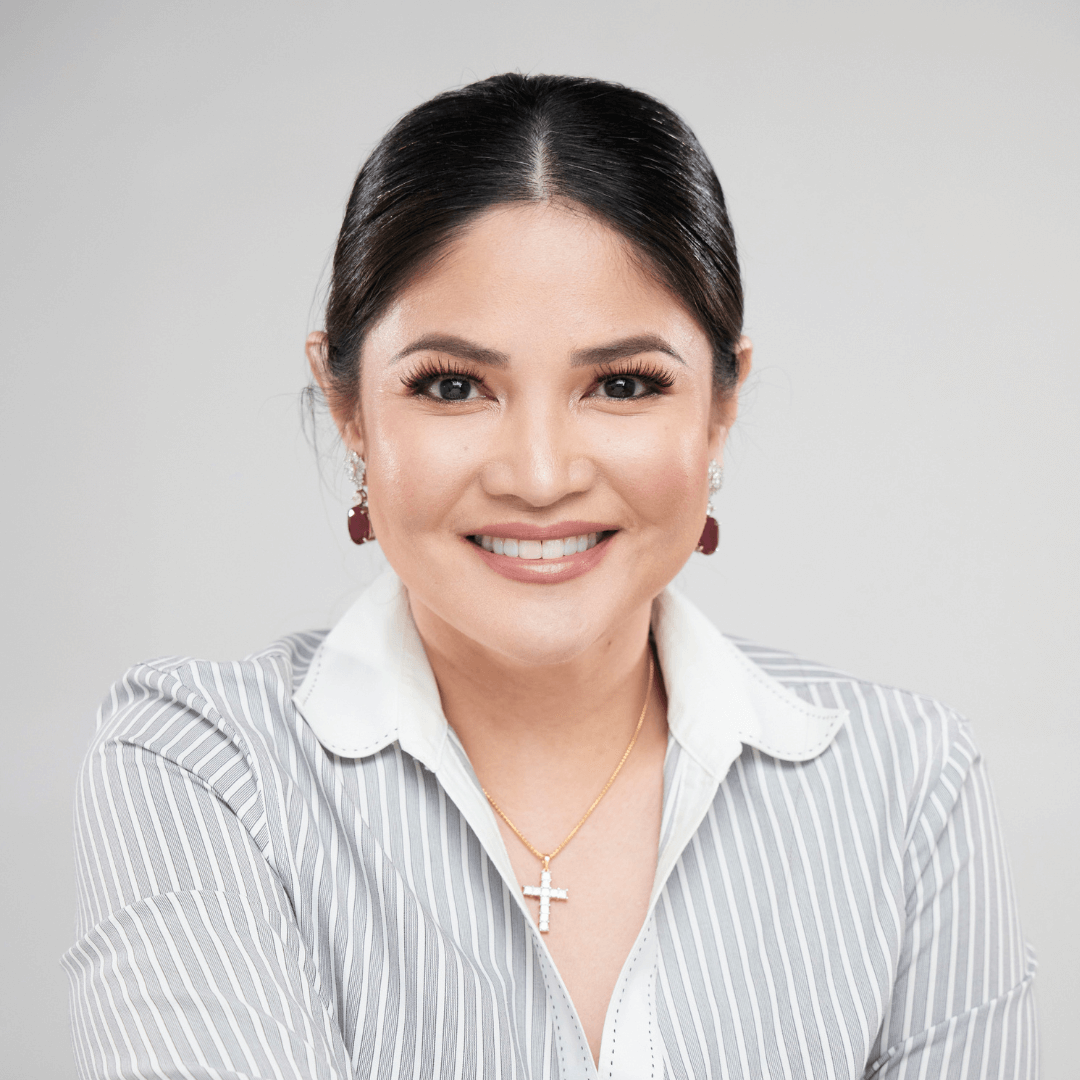Hello everyone!
If you’ve been following my social media pages, I’m sure you’ve seen me post about becoming a NAJA member, that’s the National Association of Jewelry Appraisers. I would like to share with you why I decided to join this organization and the impact it will have on my chosen career to be a jewelry appraiser.
As someone who comes from a family of jewelers and pawnshop operators, I have always assumed that I already know everything there is to know about appraising jewelry. Afterall, I have been helping my mom in our pawnshop business way back in high school. I have always been fascinated about the mechanics and intricacies involved in creating jewelry and figuring out what makes a particular diamond more expensive than another diamond. I’d hear my mom say words like “Rapaport,” “ma-carbon,” “mabula,” “GIA,” just to name a few. I recall being trained by my mom, along with our other employees back then, how to assess gold purity, the specific designs associated with which country the jewelry was made, and how to value diamonds based on the 4C’s of Diamond Grading.
She would prepare jewelry trays composed of ten (10) various items with slivers of paper indicating the weight of each jewelry. I would be given an hour to go through one (1) tray. I had to figure out the gold purity, the price of the diamonds (if there were any) and give the pawn value of each item based on the pricing guidelines she has set. She would go over each of my answers and tell me if I were over or under in my pricing. I’d go through as many trays as I could, being the competitive and type A personality child that I was, until my fingers would hurt from scratching the jewelry against the basalt stone, which we’d use for testing the gold assay.
Eventually, I went to GIA (Gemological Institute of America), became a Graduate Gemologist, and set up a jewelry store in Market Market. I would get inquiries on appraisal jobs and developed a passion for appraising. I wanted to make a career out of appraising jewelry, dreaming of becoming an appraiser for international auction houses like Sotheby’s or Christie’s. However, I knew that a career in jewelry appraising is another field altogether. I knew I had to study for it and that there were specific courses I had to take to become an internationally, recognized jewelry appraiser.
I decided to join NAJA because, unlike other appraising organizations in the world, the organization specifically concentrates on jewelry and watches. I went over their curriculum and saw that the courses they were offering really aligned with the things I wanted to do as an appraiser. I sent them an email inquiring about the application process. Gail Levine, the Executive Director of NAJA replied and helped me start the process. Anyone engaged in the jewelry trade can be a NAJA member but for me to become a CERTIFIED member, someone who can sign off on appraisal certificates, I would have to take several courses, pass the written exam, and submit an appraisal report that must meet the writing standards set forth by the organization. She had me touch base with Deborah Finleon, the Chair of Education of NAJA, and after patiently explaining and answering all my questions, I immediately enrolled with Deb’s assistance.
To be a NAJA member is no easy feat. The organization really vets its applicants. Being a GG from GIA was a huge help since it eliminated the need for me to submit a lot of requirements. The organization wanted to make sure that I WAS from the jewelry industry and that I was well versed on industry terminologies. Being a GG is a REQUIREMENT to be a certified member of NAJA, especially with the career path I want to be on. I had six (6) months to finish my first course. What made it specially challenging for me was I was studying American laws on federal and state taxation, keeping in mind our local laws on estate matters.
The course was an eye opener because there are several valuation methodologies attached to the various kinds of appraisals. Yes, there are MANY types of appraisals and I had to learn how to do all these different types of valuation! Estate appraisal is just one of the many. There’s an appraisal if you want to insure an item, if you want to replace an item, there’s even an appraisal for divorce settlements!
Related: Different Jewelry Appraisal Organizations: A Comprehensive Guide
So, what’s an Appraiser?
Simply put, appraisers are the ones who figure out the market value of a property depending for which purpose. GGs certify the quality of a stone; appraisers are the one who puts value on the stone or the jewelry. GGs are the one who identify a colored stone; appraisers are the one who tells you how much you can probably sell that colored stone for. For an appraiser to correctly place a value on your jewelry item, they must also be trained to do what licensed gemologists do, however, not all gemologists are appraisers.
Here ends my blog for today.
Want to know more or make an appointment? Just shoot us an email at admin@willynvillaricajewelry.com or find us on Facebook (Willyn Villarica Jewelry) and Instagram (@willynvillarica_jewelry). Need immediate help? Dial +63279497547.

